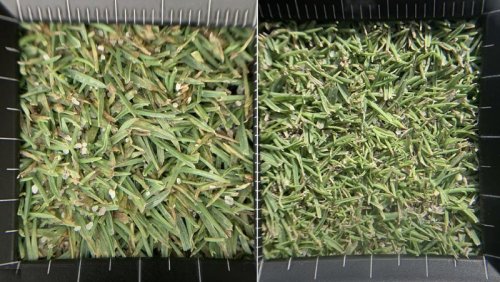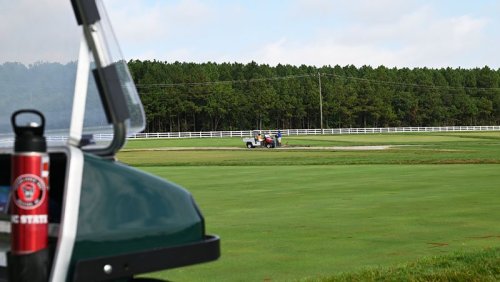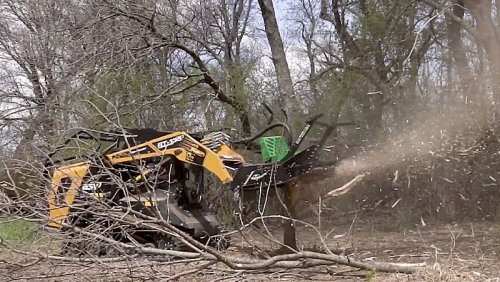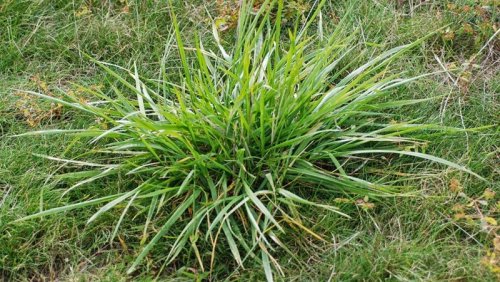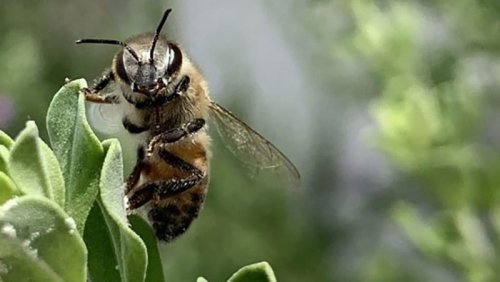

The release of the publicly accessible TGIF database coincides with the 40-year anniversary of the partnership between the USGA and the MSU Libraries. The database initiative began in 1983, with the goal of providing those in the business of turfgrass management expedient access to contemporary literature and ultimately expanding to published and unpublished materials. The USGA provided the initial investment to fund this project, with the first record being entered into the TGIF database on Sept. 10, 1984. Today there are more than 300,000 documents on file.
"The development of what would become the Turfgrass Information File was a specific goal of the USGA Green Section's original research committee, and the MSU Libraries has done an exceptional job advancing it," said Cole Thompson, USGA director of turfgrass and environmental research. "Today, TGIF has become the go-to database for people interested in turfgrass literature. I can't imagine life without it, which reinforces both its status and how visionary the original development effort was. Allowing public access of TGIF advances our original goals, and the USGA is appreciative to collaborate with MSU Libraries on the effort."
The MSU faculty and staff are proud to play a role in helping bring such a wide range of information in an open-access format to those who need it, said Trey Rogers, Ph.D., professor at Michigan State.
"The TGIF database has been a tremendous resource for anyone in the turf industry, and certainly a source of pride for me and my colleagues during my 35 plus years on the MSU Turf faculty," Rogers said. "To watch this vision of Peter Cookingham and others take shape and become the quintessential source for all turf information has been both amazing and gratifying. Open access will only enhance the reputation of the TIC at MSU, and we could not be happier."
The TGIF database indexes material from a wide variety of sources including government agencies, universities, professional organizations and private publishers. Materials include articles from peer-reviewed publications, technical reports and conference proceedings, trade and professional publications, local professional newsletters, popular magazines, monographs, academic works, fact sheets and brochures, images, software and web documents. The majority of the database uses English-language materials, but it does include non-English resources. As of August 2023, the database comprised 323,469 records, 67 percent of which link to the full text of the item, according to Elisabeth Mabie, head of the Turfgrass Information Center.
"For turfgrass professionals who cannot regularly visit a research library, access to full-text turfgrass research and other pertinent turf literature can be a challenge," Mabie said. "However, these are often the individuals who utilize these materials the most. With two-thirds of TGIF database records linking to the full-text of the item, this means many thousands of records link directly to content, saving valuable time and effort that would otherwise be spent locating physical copies for personal use."
- Read more...
- 2,588 views

